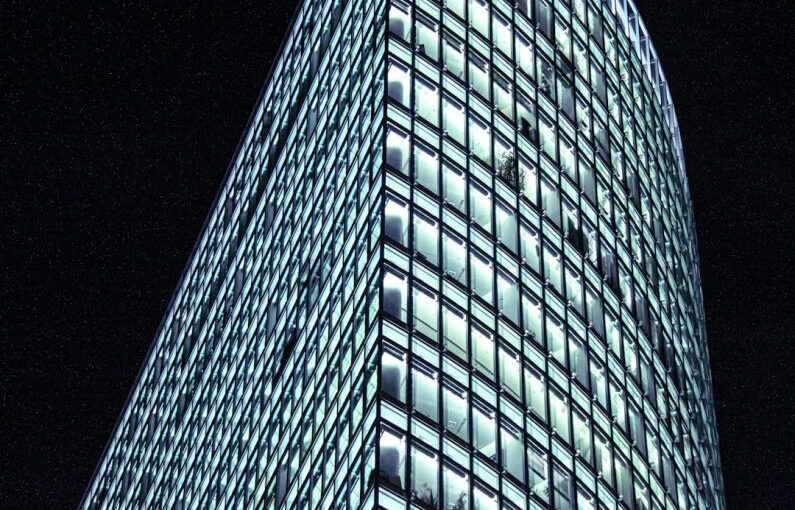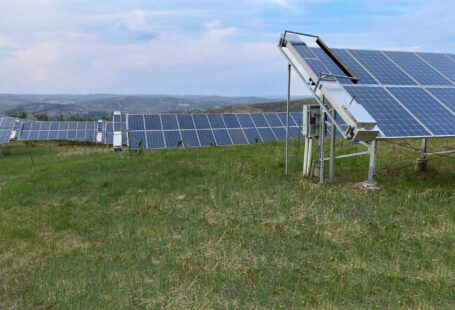As Indonesian architecture continues to evolve, incorporating sustainable and innovative technologies has become a key focus. One such technology that is making waves in the architectural world is transparent solar panels. These next-generation solar panels are revolutionizing the way buildings generate electricity while maintaining a sleek and modern aesthetic. In Indonesia, where sunlight is abundant throughout the year, the integration of transparent solar panels into architectural designs holds immense potential for both energy generation and aesthetic appeal.
Harnessing Sunlight with Transparency
Traditional solar panels have long been a staple in renewable energy systems, but their opaque nature limits their application in architecture, particularly in designs that value natural light and transparency. Transparent solar panels offer a solution to this limitation by allowing sunlight to pass through while simultaneously capturing and converting it into electricity. This innovative technology opens up a world of possibilities for architects and designers to create energy-efficient buildings that seamlessly blend sustainability with aesthetics.
Seamless Integration into Architecture
One of the key advantages of transparent solar panels is their ability to seamlessly integrate into the design of a building. Unlike traditional solar panels, which are often bulky and visually disruptive, transparent solar panels can be incorporated into windows, skylights, facades, and other architectural elements without compromising the overall look and feel of the structure. This integration not only enhances the visual appeal of the building but also maximizes energy efficiency by harnessing sunlight in a non-intrusive manner.
Enhancing Energy Efficiency
In a country like Indonesia, where sunlight is abundant year-round, transparent solar panels offer a promising solution to the dual challenges of energy generation and building sustainability. By harnessing the power of the sun, buildings equipped with transparent solar panels can generate clean, renewable energy on-site, reducing reliance on traditional fossil fuels and lowering carbon emissions. This not only helps combat climate change but also contributes to energy cost savings in the long run.
Balancing Aesthetics and Functionality
One of the primary concerns when integrating solar technology into architectural designs is finding the right balance between aesthetics and functionality. Transparent solar panels excel in this regard, offering a perfect blend of form and function. By allowing natural light to penetrate while generating electricity, these panels enable architects to create light-filled, energy-efficient spaces that promote occupant comfort and well-being. The seamless integration of solar technology into the built environment adds a futuristic and eco-friendly touch to Indonesian architecture.
Creating Sustainable Communities
The adoption of transparent solar panels in Indonesian architecture is not just about individual buildings; it is about creating sustainable communities that prioritize renewable energy and environmental stewardship. By embracing this innovative technology, architects, developers, and policymakers can work together to build a more sustainable future for Indonesia. Transparent solar panels have the potential to transform entire cityscapes, turning them into hubs of clean energy generation and architectural innovation.
Embracing the Future of Solar Architecture
As the demand for sustainable building solutions continues to rise, transparent solar panels are set to become a defining feature of the next generation of Indonesian architecture. By harnessing the power of the sun in a visually appealing and efficient manner, these panels represent a significant step towards a more sustainable and eco-friendly built environment. With their ability to seamlessly integrate into architectural designs while enhancing energy efficiency, transparent solar panels are poised to revolutionize the way we think about solar technology in the context of Indonesian architecture.
Incorporating transparent solar panels into architectural designs not only enhances the visual appeal of buildings but also contributes to the transition towards a more sustainable and environmentally conscious built environment. By harnessing the abundant sunlight in Indonesia, these next-generation solar panels offer a promising solution to the dual challenges of energy generation and building sustainability. As architects, designers, and policymakers continue to embrace this innovative technology, the future of Indonesian architecture is set to be defined by a harmonious blend of aesthetics and sustainability.





